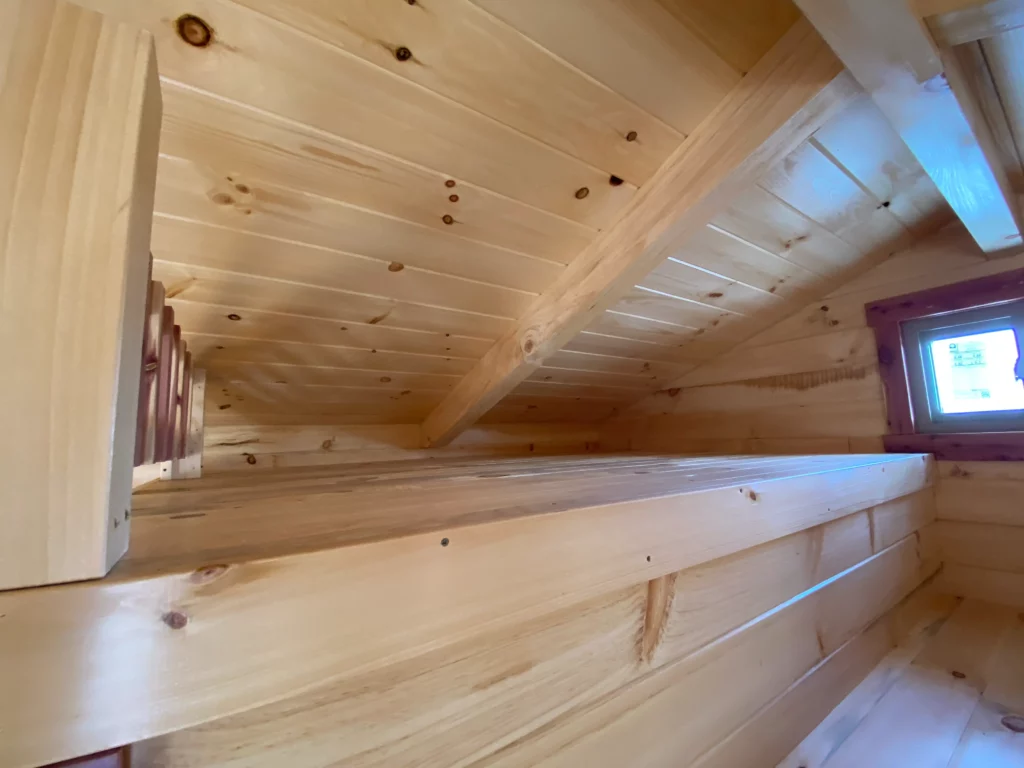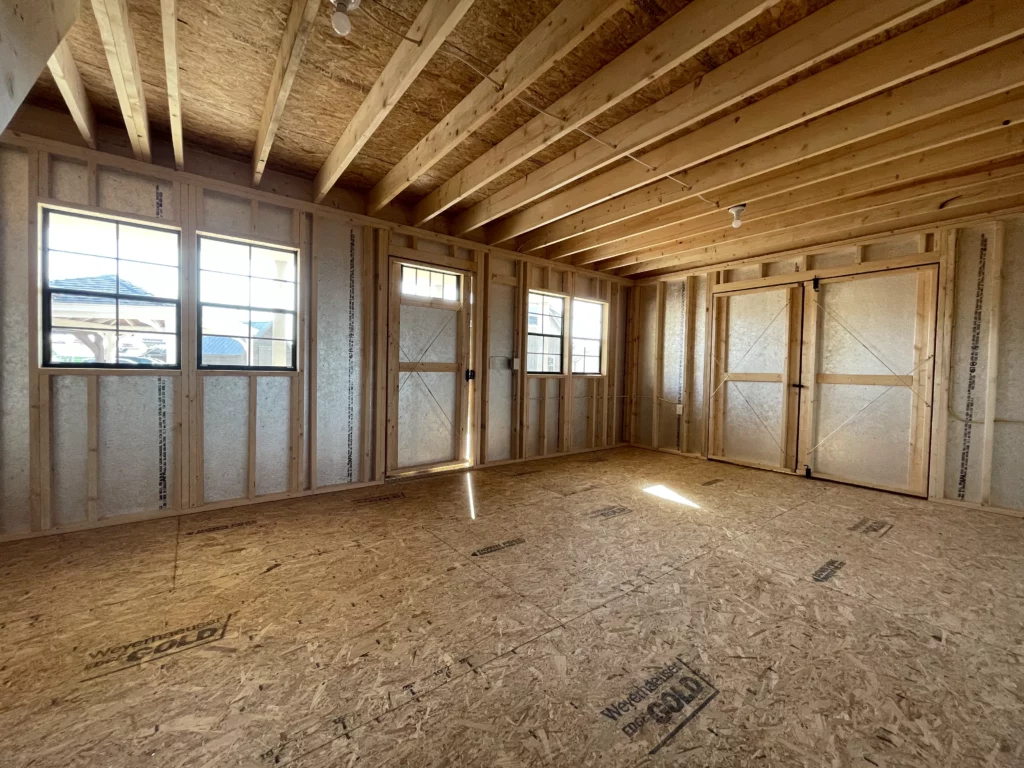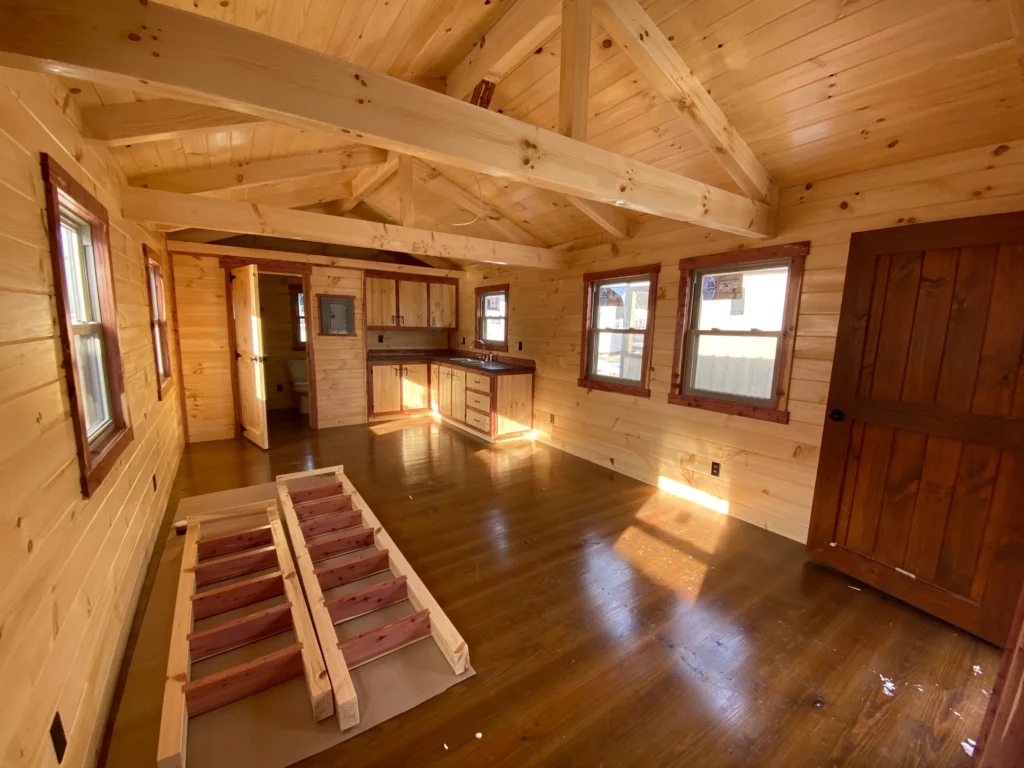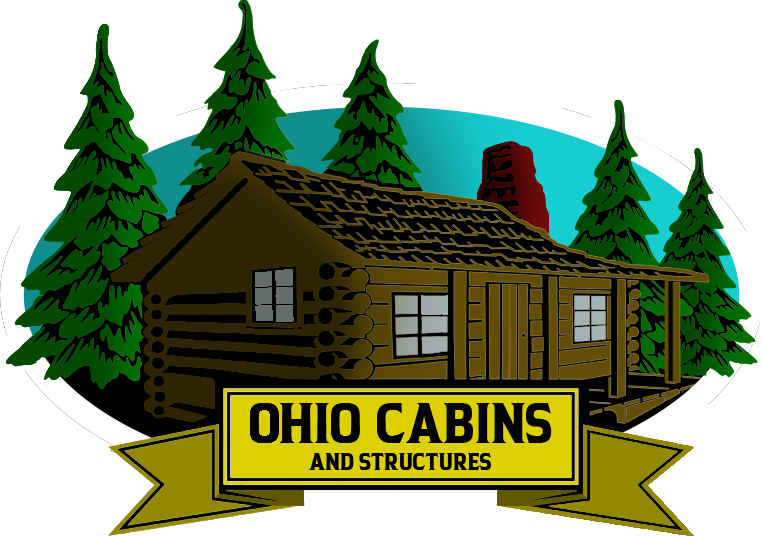Log cabins have come a long way since their origins as simple hunter’s shelters. Today, they are popular and sought after investments for many seeking a more natural feel or even the old-school charm of the American Frontier. Whether you already own a log cabin or are considering purchasing one, insulation is a critical component to consider in order to ensure comfort and energy efficiency year-round – no matter what type of climate your property may be located in! We’ll take an in-depth look at why it’s so important for log cabins to be insulated as well as provide tips on how best to go about doing it from real estate professionals that know cabins like none other.

What is a Log Cabin and How is it Different from Other Homes
A log cabin is a type of home that is constructed using logs instead of conventional building materials. These logs serve as both the structural foundation and interior walls of the cabin, providing a unique aesthetic that is markedly different from other homes. Log cabins have a rustic, natural feel that is somewhat reminiscent of simpler times. They often feature large stone fireplaces and wooden accents throughout. Because logs are natural insulators, they also provide excellent insulation and are well-suited for use in colder climates. Overall, a log cabin offers a one-of-a-kind living experience that is steeped in tradition and natural beauty.
The Benefits of Insulated Log Cabins
Imagine waking up in a cozy log cabin nestled in the woods – the warmth of the sun slowly filtering through your windows, the gentle rustle of leaves outside, and the familiar scent of freshly brewed coffee wafting through the air. Now, imagine soaking in the same peaceful ambiance all year round – whether it’s the hot, scorching summers or the harsh, cold winters. That’s exactly what insulated log cabins aim to offer! Not only do these cabins exude a rustic charm that can transport you to a different world altogether, but they also come stacked with numerous benefits. From being energy-efficient and eco-friendly to providing excellent noise insulation and being resistant to pests, the pros of owning an insulated log cabin are hard to ignore. It’s not hard to see why these cabins have been growing increasingly popular in recent years – they’re a timeless classic that can offer the perfect getaway from the hustle and bustle of daily life.

Types of Insulation for Log Cabins
When it comes to keeping your log cabin cozy and warm, choosing the right type of insulation is crucial. There are a variety of insulation types available, including fiberglass, spray foam, and rigid foam. Fiberglass insulation, made of small glass fibers, is a popular choice due to its affordability and easy installation. Spray foam insulation, which expands to fill every nook and cranny, offers excellent sealing and insulating properties. Rigid foam insulation is perfect for those who prioritize energy efficiency, as it provides a high R-value and resists heat transfer. Whatever type of insulation you choose, it’s essential to take into account your cabin’s location and unique needs to ensure the utmost comfort during the colder months.
How to Choose the Right Insulation for Your Log Cabin
When it comes to insulating your log cabin, there are a few things to consider. Firstly, the climate of the area where your cabin is located will have a significant impact on the insulation you choose. If you live in a particularly cold or hot climate, you may require different types of insulation. Another factor to consider is the energy efficiency of your cabin. Proper insulation can save you a significant amount of money on heating and cooling costs over time. Additionally, it’s essential to choose insulation that is environmentally friendly and won’t harm the natural surroundings of your cabin. Ultimately, the right insulation will keep your cabin comfortable all year round while also being mindful of the environment.

Considerations when Installing Insulation in Your Log Cabin
When it comes to keeping your log cabin warm in the winter and cool in the summer, insulation is a must-have. But, before you go ahead and install any old insulation, there are a few considerations to keep in mind. Firstly, think about the R-value you need. This is a measure of the insulation’s effectiveness, and it will vary depending on the climate and the type of log cabin you have. You’ll also need to think about the type of insulation you want to use. Will it be batt insulation, loose-fill insulation, or rigid foam insulation? And, finally, you’ll need to consider the installation process. Are you a confident DIYer, or will you need to hire a professional? By taking the time to consider these factors, you can make sure that your log cabin is comfortable and energy-efficient, all year round.
Maintenance and Care Tips to Keep Your Log Cabin Properly Insulated
As a log cabin owner, you know that there’s something special about being surrounded by nature and enjoying the tranquility of your surroundings. However, it’s important to keep in mind that with great beauty comes great responsibility. Taking proper care of your log cabin is critical for ensuring that it stays insulated and that you’re able to enjoy the space for years to come. One tip to keep your log cabin insulated is to routinely check your doors and windows for any air leaks, which can cause drafts and allow heat to escape from your home. Another useful maintenance tip is to consider applying a coat of sealant to your logs every few years. This helps to prevent moisture from penetrating the logs, which can lead to mold and rot. With a little bit of extra care, you can keep your log cabin perfectly insulated and enjoy the natural beauty of your surroundings for years to come.

Concluding
Log cabins provide many more benefits than other types of homes due to their natural insulation and durability. With the right insulation product and installation, log cabins can be comfortable in all seasons and last for years. Once your log cabin is properly insulated, regular maintenance and care should be taken to ensure the insulation remains effective over time. Whether you’re building a new log cabin or retrofitting an existing one, consider all of these factors when selecting the best insulation option for your needs. With a little planning and research, you’ll be able to choose an option that will keep your home comfortable while increasing its value at the same time.
